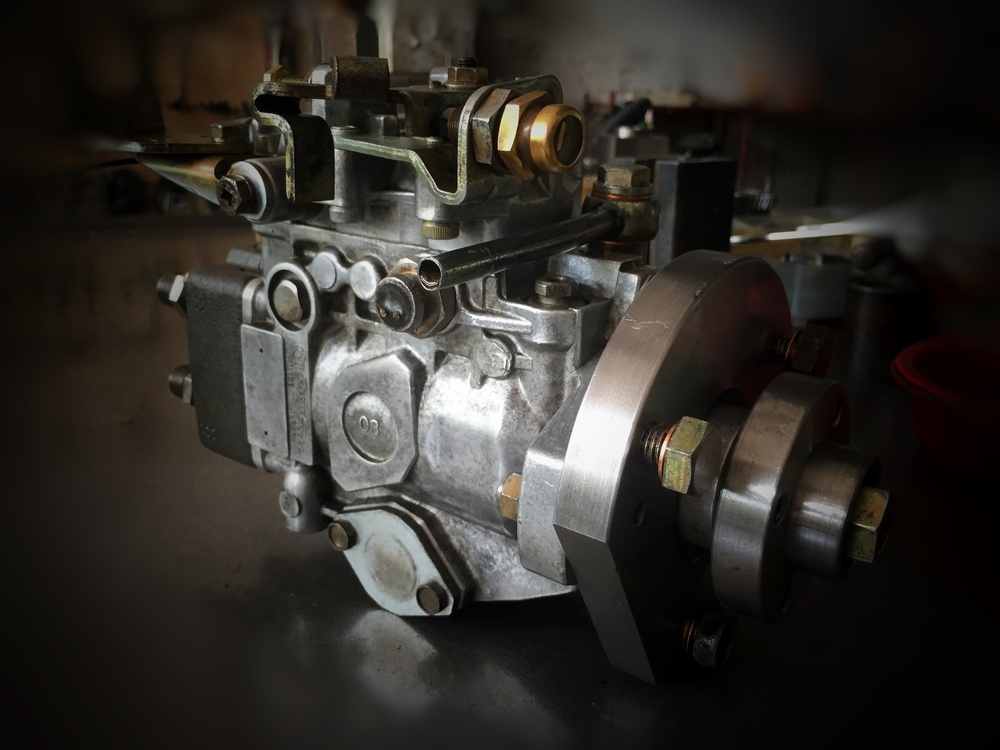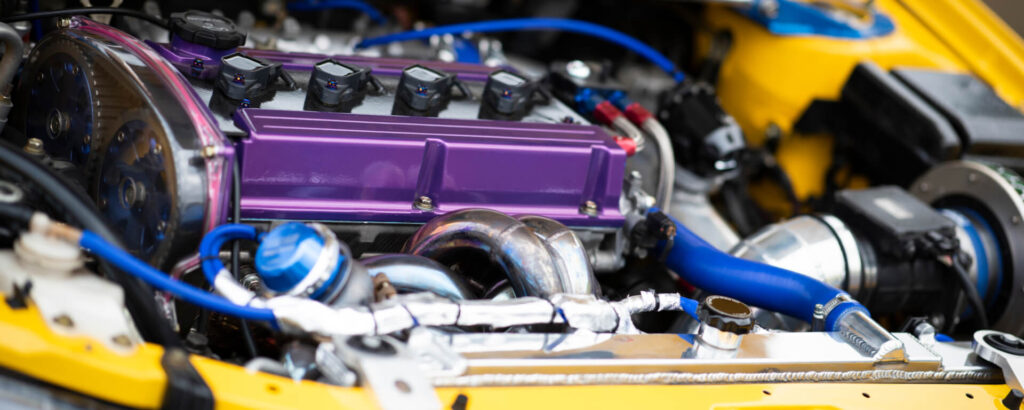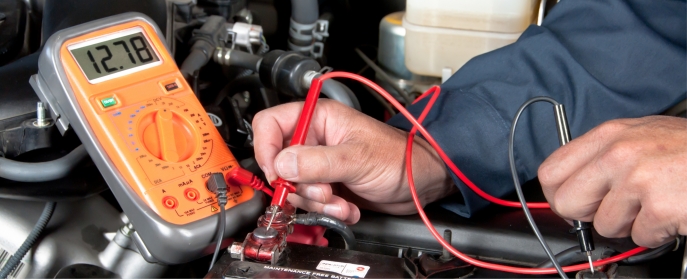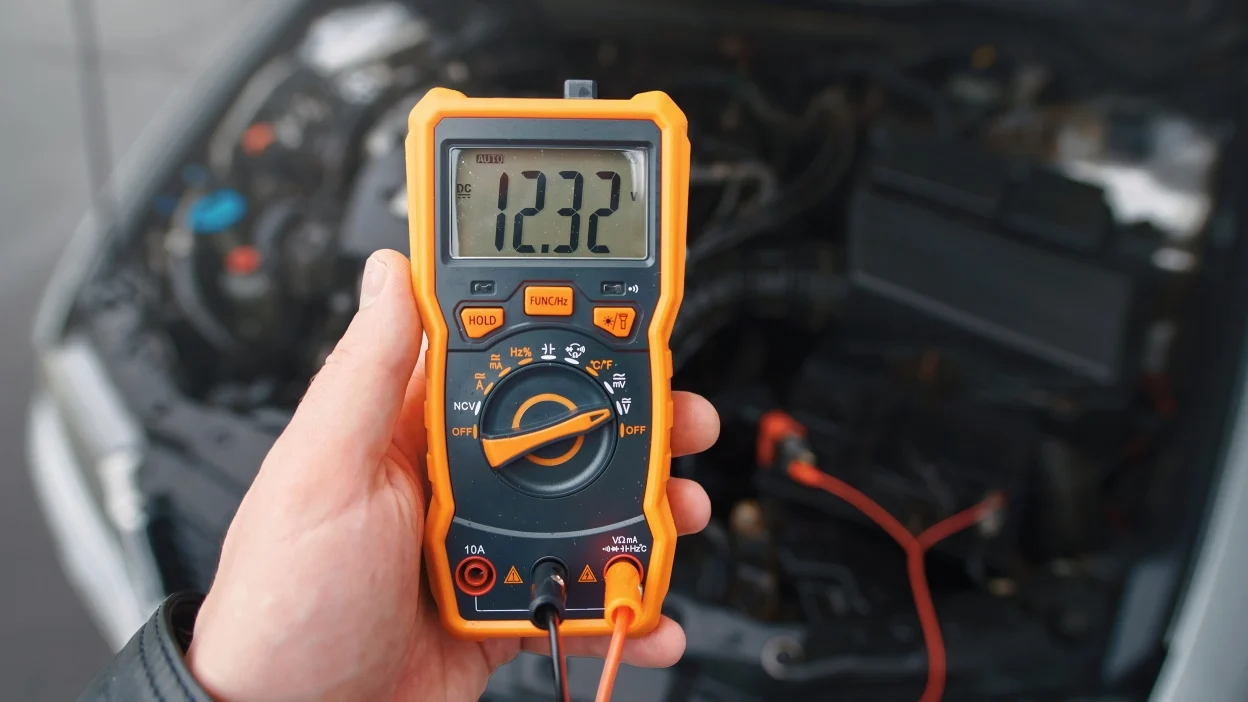Replacing a car’s fuel pump may seem like a daunting task, but with the right tools and knowledge, it’s something you can tackle yourself. In this blog post, we will walk you through how to replace a car’s fuel pump, the signs that indicate it needs replacing, and tips to make the process easier. Whether you’re a seasoned DIY mechanic or a beginner, this guide will help you get the job done right.
Table of Contents
What is a Fuel Pump and Why Should You Replace It?
The fuel pump is a crucial component of your car’s fuel system. It’s responsible for delivering fuel from the tank to the engine at the correct pressure. Over time, the fuel pump can wear out or become clogged, which can lead to poor engine performance, stalling, or no start conditions. Knowing how to replace a car’s fuel pump can save you time and money at the mechanic’s shop, and it ensures that your car runs efficiently.
Signs You Need to Replace a Car’s Fuel Pump
Before we dive into how to replace a car’s fuel pump, let’s look at the symptoms that suggest it’s time for a replacement. If you experience any of the following, it could be a sign that your fuel pump is failing:
- Engine sputtering or stalling while driving.
- Loss of power when accelerating.
- Whining noises from the fuel tank area.
- Difficulty starting your car.
- Reduced fuel efficiency.
If your vehicle is showing any of these signs, it may be time to replace the fuel pump. Let’s now discuss how to replace a car’s fuel pump and get your vehicle running smoothly again.
Tools You’ll Need to Replace a Car’s Fuel Pump
Before starting, gather the necessary tools to complete the job. Here’s what you’ll need:
- A socket set and ratchet
- Wrenches and screwdrivers
- Fuel line disconnect tool
- New fuel pump
- Fuel filter (if needed)
- Jack and jack stands
- Safety gloves and goggles
Once you have all the tools, it’s time to get started on how to replace a car’s fuel pump.
Step-by-Step Guide on How to Replace a Car’s Fuel Pump
Step 1: Disconnect the Car Battery
The first step in how to replace a car’s fuel pump is to disconnect the car battery. This ensures that there is no power running through the system while you’re working, preventing accidental sparks or electrical shorts.
Step 2: Relieve the Fuel System Pressure
Next, relieve the pressure in the fuel system. You can do this by either using a fuel pressure relief valve or by removing the fuel pump fuse and cranking the engine for a few seconds. This step is crucial to avoid fuel spillage when disconnecting the fuel lines.
Step 3: Lift the Car
Using a jack and jack stands, lift the car to access the fuel tank. Make sure the car is securely supported before proceeding. This step is important for safely accessing the fuel pump.
Step 4: Remove the Fuel Tank
To access the fuel pump, you’ll need to remove the fuel tank. This can be tricky, so it’s important to follow your vehicle’s manual for guidance on how to detach the tank properly. After removing the tank, you’ll see the fuel pump assembly.
Step 5: Disconnect the Fuel Lines
Once the tank is removed, disconnect the fuel lines connected to the old fuel pump. Be cautious, as some residual fuel might spill out. Use the fuel line disconnect tool to safely remove the lines.
Step 6: Remove the Old Fuel Pump
With the fuel lines disconnected, you can now remove the old fuel pump. Use your socket set to remove any bolts securing the pump. Once free, lift it out of the tank.
Step 7: Install the New Fuel Pump
Place the new fuel pump into the tank and secure it with the bolts. Be sure the new pump is positioned correctly and that the fuel lines are reconnected securely.
Step 8: Reassemble and Test
Reassemble the fuel tank, reconnect the fuel lines, and reattach the fuel tank to the car. Once everything is in place, reconnect the car battery. Start the engine and check for leaks or unusual sounds. Your new fuel pump should now be functioning properly.

Final Thoughts on How to Replace a Car’s Fuel Pump
Learning how to replace a car’s fuel pump can be a rewarding experience, saving you both time and money. By following these steps carefully and using the proper tools, you can replace the fuel pump and ensure that your car runs efficiently. If you’re uncomfortable performing the replacement yourself, don’t hesitate to consult a professional mechanic.
Remember, regular maintenance is key to keeping your vehicle in top condition. Always be on the lookout for signs that your fuel pump may need replacing and address the issue early to avoid more expensive repairs down the road.
By following this detailed guide on how to replace a car’s fuel pump, you can keep your car running smoothly and save on costly repair bills. Don’t forget to share this guide with others who might find it helpful!
Related Post:
In addition to replacing the fuel pump, it’s important to maintain other essential components of your vehicle’s engine, such as the water pump. If you’re looking to replace a water pump, check out our guide on How to Replace a Water Pump on a Car for step-by-step instructions.





Leave a Reply